Moisture and water damage can destroy building materials, causing costly repairs and project delays. This article explores effective methods of protecting construction materials such as cement, rebar (rod), brick, stone, and brick chips from the damaging effects of moisture. Protecting these materials is crucial to ensure structural integrity and longevity.
Why is Moisture Protection Important?
Moisture can lead to the following problems:
- Corrosion of Rebar: Rust in the rebar weakens its bonding strength within the concrete.
- Efflorescence: Salt deposits on the surfaces of bricks and stones paint a beautiful white film over everything once the rainwater has carried them there.
- Mold and mildew growth: This in turn causes foul smells and unhealthy conditions.
- Cement Weakening: This leads to low compressive strength in cement, which in turn leads to more cracking.
- Distortions and Degradation in Wood: In a structural capacity, bricks will never need structural framing, adding to a 345 mm thickness and giving stability to one another.
- Delamination of Brick Slips: That cover the slips away from the substrate.
Protecting Construction Materials:
Here’s a breakdown of how to protect specific materials:
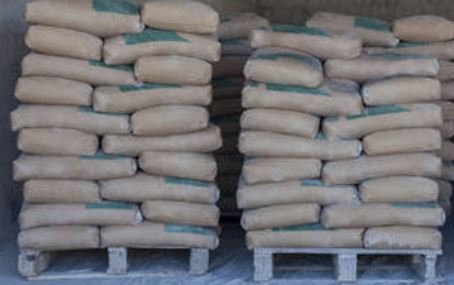
Cement:
- Proper curing: Proper cement curing requires that high moisture is kept for the initial period of curing so that cement attains its full strength. After this period, protect it from water exposure.
- Waterproofing admixtures: They increase resistance to penetration by water.
- Sealants: The application of concrete sealers forms a barrier against moisture on the surface of the concrete.
- Good Drainage: Properly slope and show good drainage around concrete structures to avoid standing water.
Rebar (Rod):
- Epoxy coating: The application of epoxy to coat rebar offers great corrosion protection. Galvanization: One more time, it is about the zinc coat that prevents steel from rusting.
- Corrosion inhibitors: They are even added to the concrete mix to provide further protection for the rebar.
- Proper concrete cover: Rebar should be covered properly with concrete to protect it from moisture.
Bricks & Stone:
- Sealants: Apply water-repellent sealants to keep absorption down but allow the material to breathe.
- Sound mortar joints: Well-constructed mortar joints will keep the water out.
FAQ:
Q: What is the best sealant for concrete?
Answer: There is no one best sealant, just what works best for the application. Both silane and siloxane sealers are popular for their good repellency as well as breathability. Acrylic sealers are the least expensive and thus tend not to generally last as long.
Q: How often should I seal my brickwork?
Answer: It’s recommended to seal brickwork every 3-5 years, or as needed, depending on the climate and exposure to the elements.
Q: What is efflorescence, and how can I prevent it?
Answer: Fluorescence is a white, powdery deposit on the surface of masonry caused by soluble salts migrating to the surface. This can be prevented by proper drainage, waterproofing, and using low-alkali cement.
Q: How can I tell if my rebar is corroding?
A: Signs of rebar corrosion include cracking, spalling, and rust stains on the concrete surface.
More read: How to Integrate Fire Protection Systems in Architectural Design
Conclusion:
Protecting construction materials from moisture is the fundamental basis for considering any structure’s long-term strength and stability. The information provided herein will secure your investment and prevent expensive future repairs. Be cautious to select the right methods depending on the material and environmental conditions. In some cases, adequate protection during construction often means using good-quality materials and paying attention to good construction practices.

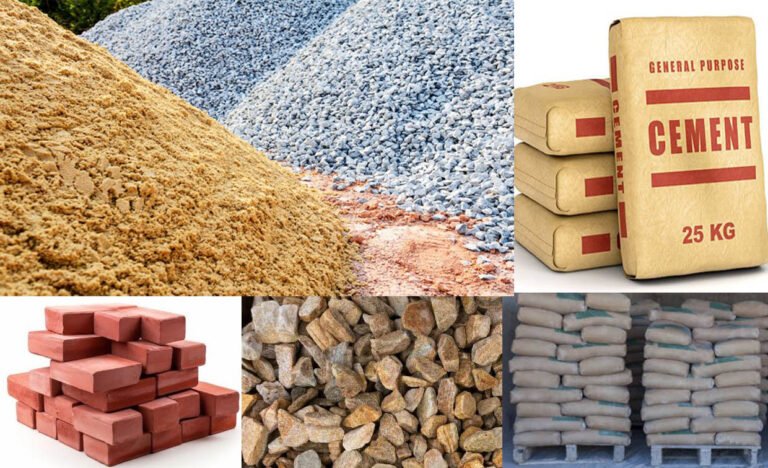


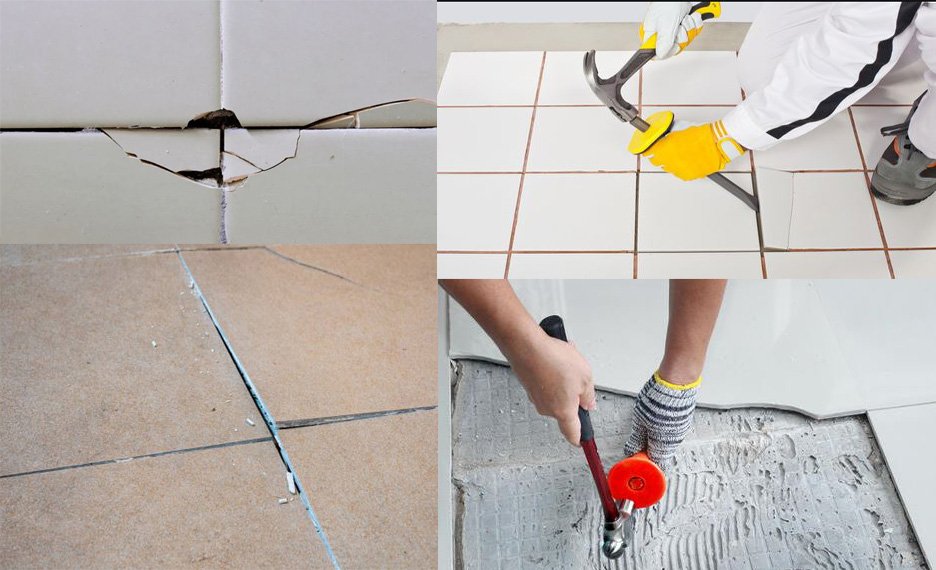
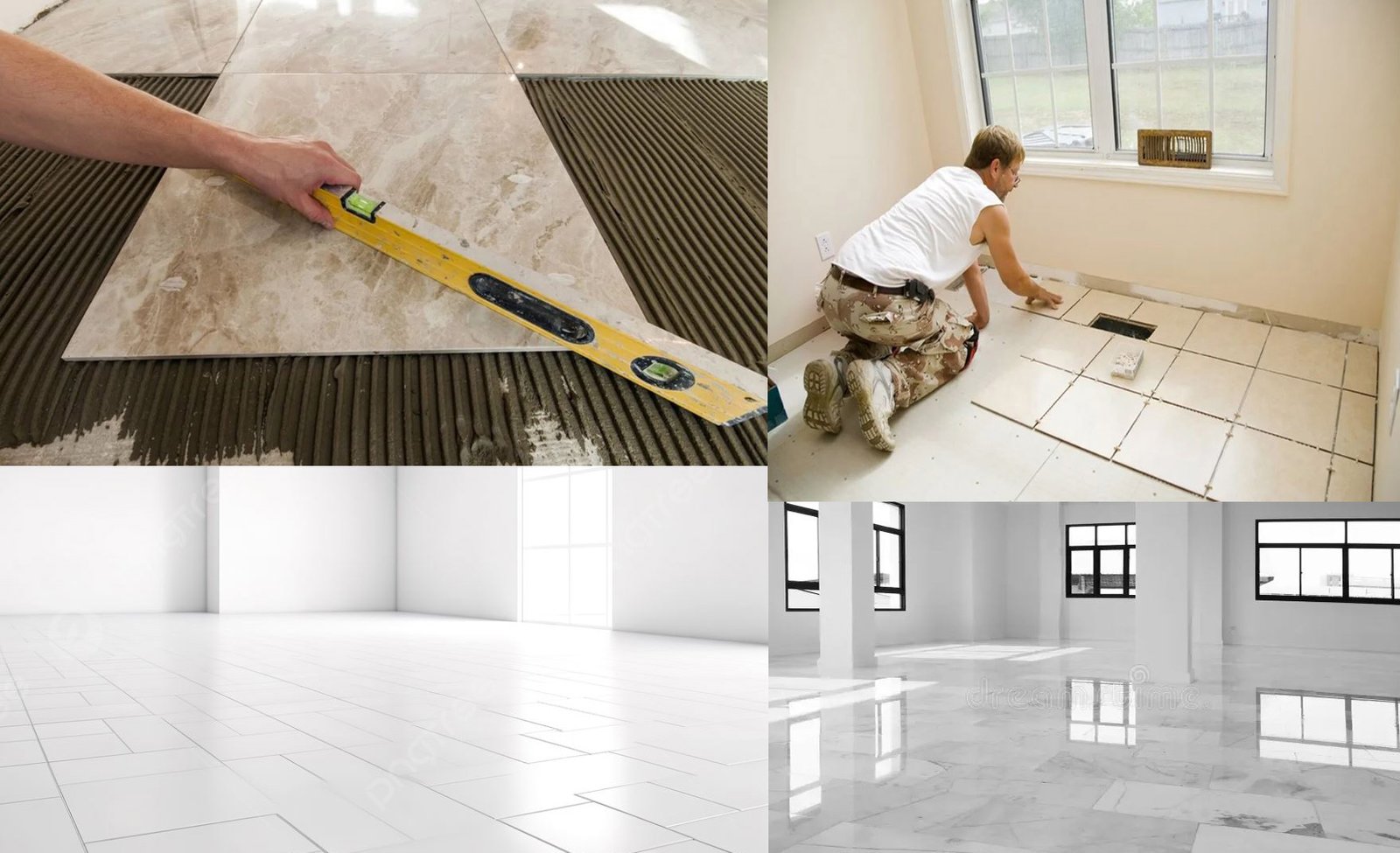
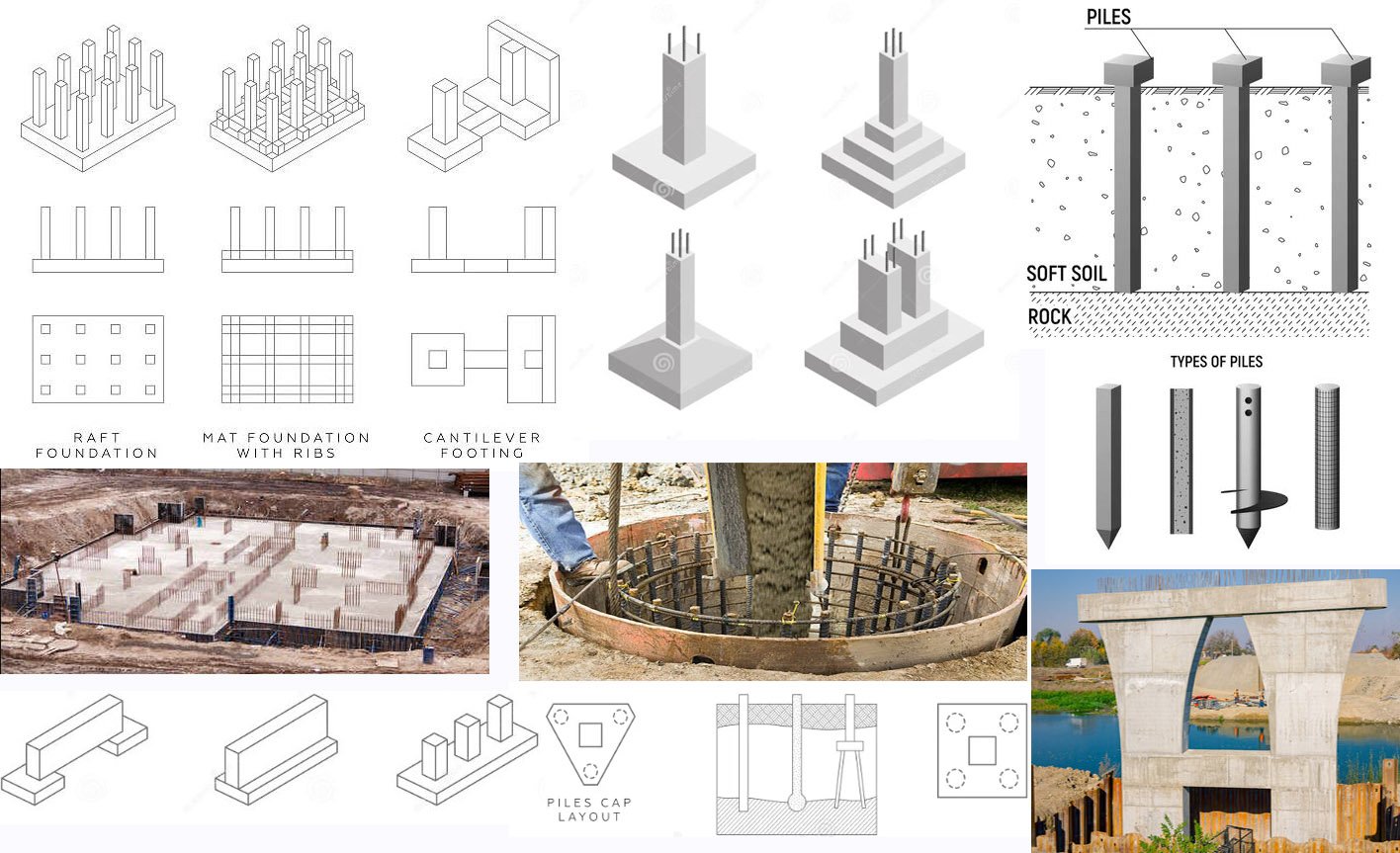
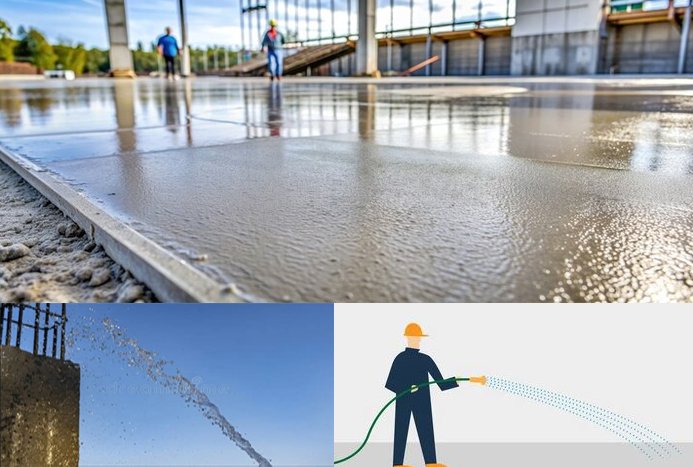

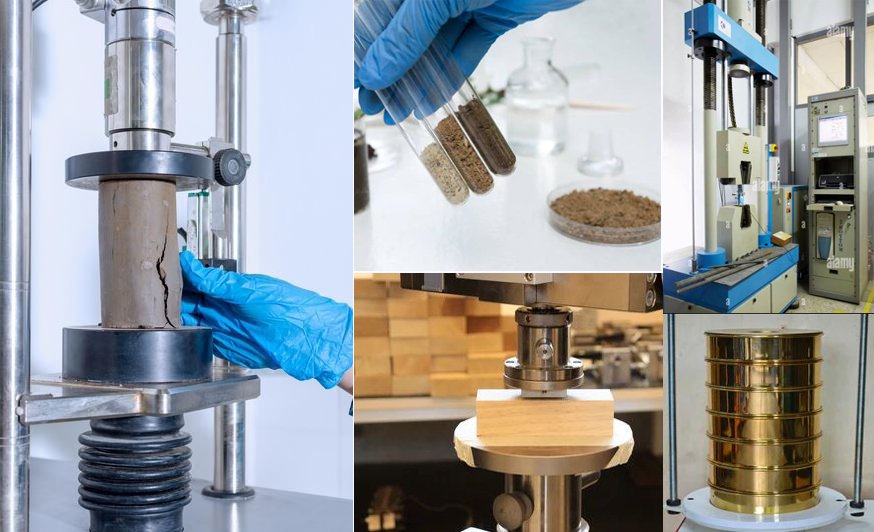














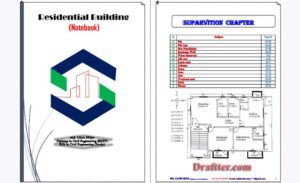








1 comment
[…] Read More: How to Protecting Construction Materials from Moisture and Water Damage […]